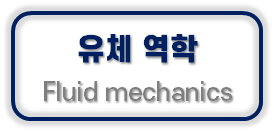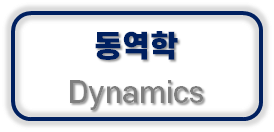
“‘서보모터 사양 선정기준이 뭐냐고 물었을 때 선임들의 대답은.
‘이 정도 사이즈면 예전에 쓰던거 그대로 써!’ 였다. “
기계설계자들이 가져야할 가장 기초적인 역학인 고체역학, 유체역학, 열역학 그리고 동역학 이론
기계설계자에게 필수적인 역학의 기초는 고체역학, 유체역학, 열역학, 그리고 동역학입니다.
고체역학은 물체가 힘을 받았을 때의 변형과 내부 응력을 다루며, 이는 구조물의 안정성과 강도 계산에 필수적입니다.
유체역학은 유체의 흐름과 그에 따른 힘을 연구하여, 파이프라인, 펌프, 그리고 터빈 설계에 적용됩니다.
열역학은 열과 다른 에너지 형태 간의 관계를 설명하며, 이는 열교환기, 냉각 시스템, 그리고 엔진 설계에 중요합니다.
마지막으로, 동역학은 물체의 운동과 그 원인인 힘을 분석하여, 기계장치의 운동 설계와 분석에 활용됩니다.
그 이론들을 각각 나눠서 알려드리고자 합니다.
A category covering the fundamental mechanics theories essential for mechanical designers: Statics, Fluid Mechanics, Thermodynamics, and Dynamics.
Fundamental mechanics essential for mechanical designers include statics, fluid mechanics, thermodynamics, and dynamics.
Statics deals with deformation and internal stresses in a body when subjected to forces, crucial for calculating the stability and strength of structures.
Fluid mechanics studies the flow of fluids and the forces they exert, applying to the design of pipelines, pumps, and turbines.
Thermodynamics explains the relationship between heat and other forms of energy, key to designing heat exchangers, cooling systems, and engines.
Lastly, dynamics analyzes the motion of objects and the forces causing them, utilized in designing and analyzing the motion of mechanical systems.



